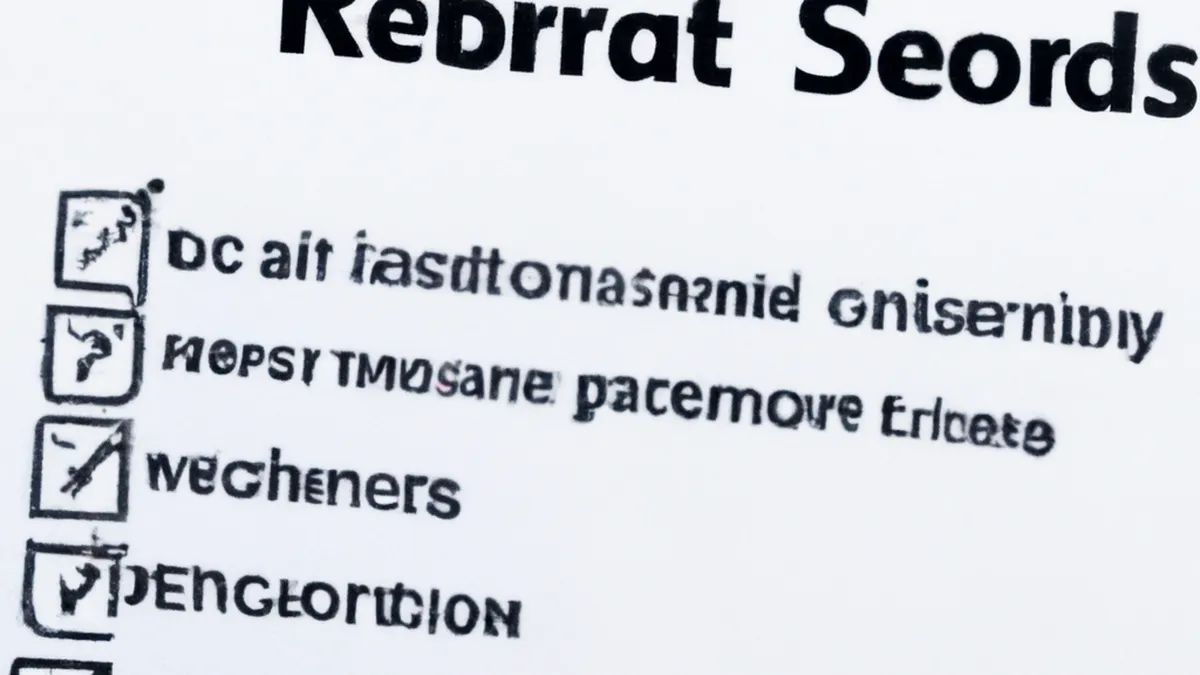Score High: Enhancing Team Collaboration
How to Use Readiness Scores to Foster Team Dynamics and Cohesion
In today’s fast-paced work environment, team dynamics significantly impact organizational success. Many organizations face challenges in fostering collaboration and cohesion. Readiness scores provide an effective tool to address these challenges. These scores measure a team’s preparedness to tackle tasks and work together. This blog explores how to leverage readiness scores to enhance team dynamics and cohesion.
Understanding Readiness Scores
Readiness scores evaluate a team’s preparedness for specific projects or goals. These scores consider individual skills, motivation levels, and interpersonal relationships. Leaders gain valuable insights into the team’s overall health and readiness by measuring these factors.
The Importance of Readiness Scores
Readiness scores highlight strengths and weaknesses within the team. Understanding where the team excels and needs improvement is crucial for effective leadership. Scores provide a framework for developing necessary areas. Leaders can customize training programs, mentorship, or resource allocation according to results. Finally, readiness scores promote open communication among team members, encouraging discussions about preparedness and confidence.
Tips for Implementing Readiness Scores
Implementing readiness scores requires a structured approach. Here are practical steps to get started:
1. Define Clear Objectives
Establish clear team objectives before measuring readiness. Define specific goals the team should achieve. Whether completing a project, launching a product, or improving customer satisfaction, clear objectives tailor readiness assessments effectively. They also help team members understand their roles within the larger context.
2. Involve the Team
Engagement plays a key role in readiness assessments. Involve team members by encouraging input on their skills and confidence levels. This involvement fosters ownership and ensures assessments reflect the team’s true state. When team members feel included, they are more likely to embrace the process and work actively on improvements.
3. Use a Standardized Assessment
Utilize a standardized scoring system for consistency and reliability. This may involve surveys or self-assessments focusing on various readiness dimensions, including technical skills and communication. A uniform approach ensures comparable results across different teams or projects, making it easier to identify trends.
4. Analyze the Results
Once you gather the scores, analyze the data thoroughly. Identify trends, strengths, and areas needing improvement. This step is crucial for developing targeted action plans. For instance, if scores indicate a lack of communication skills, leaders can implement training.
Conclusion
Readiness scores offer valuable insights into team dynamics. They help identify strengths, weaknesses, and areas for development. By implementing these scores, leaders can foster collaboration and enhance team cohesion.
Below are related products based on this post:
FAQ
What are readiness scores and why are they important for team dynamics?
Readiness scores evaluate a team’s preparedness for specific projects or goals by considering individual skills, motivation levels, and interpersonal relationships. They are important because they highlight strengths and weaknesses within the team, providing leaders with insights needed to enhance collaboration and cohesion.
How can I implement readiness scores in my team?
To implement readiness scores, start by defining clear objectives for the team. Involve team members in the assessment process to encourage ownership, and use a standardized scoring system for consistency. Finally, analyze the results to identify trends and areas needing improvement, which will help in creating targeted action plans.
What benefits do readiness scores provide to leaders and teams?
Readiness scores offer several benefits, including identifying strengths and weaknesses, promoting open communication among team members, and allowing leaders to customize training programs and resources based on the team’s needs. This ultimately fosters a more collaborative and cohesive work environment.















Post Comment